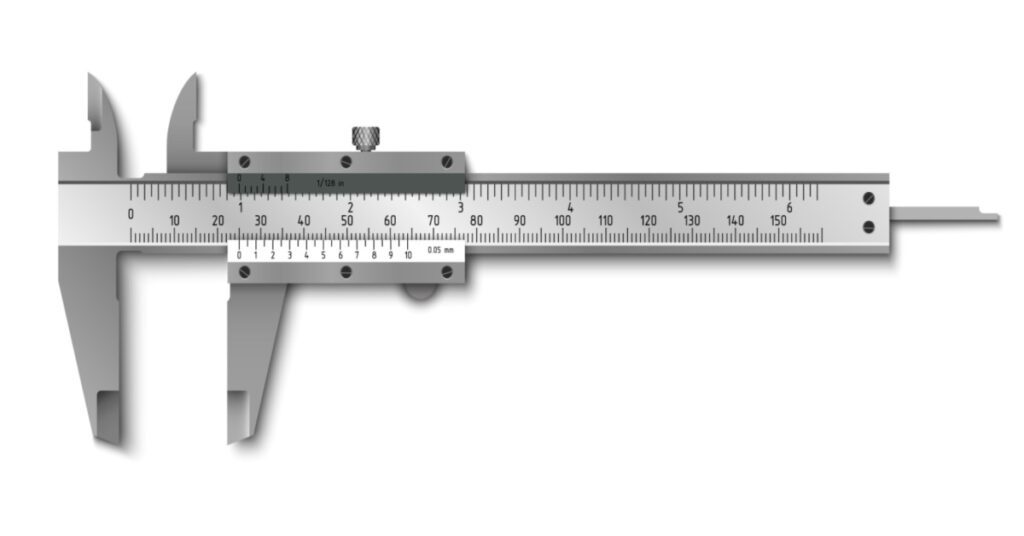
If you’re looking for the best nitrile gloves, then you need to know that there is more than one way to check their quality. In fact, there are two main tests that can give you an idea of how thick and durable they are. But don’t worry! These tests are simple and easy to do at home with just a few things lying around.
How to measure the thickness of gloves
To measure the thickness of your nitrile gloves, use a caliper with a 0.5 mm resolution or better. Place one end of the caliper at any point on the glove and press it until it touches the surface of whatever you are measuring. Measure from there! Then repeat this process for all points on your glove to get an average thickness measurement. If you don’t have access to something like a caliper, then simply take two pieces of paper and hold them up against each other at different points on your glove; one will be more transparent than the other because it is closer to touching your skin through both layers at once!
To perform the stretch test, hold one glove in your hand and grasp the other with your other hand. Stretch the nitrile glove by pulling it apart between your hands until it breaks or stretches to its maximum length. You can also use a ruler to measure how far it stretches.
Now that you’ve performed the test, what does this mean? A highly elastic nitrile glove should stretch at least 20% of its original length before breaking or tearing (see chart below). If it doesn’t meet this standard, then there may be quality issues with that particular pair of gloves.
You can use this same method on multiple samples to see how they compare against each other and determine which ones are higher quality than others.
To find out if you have the right gloves, you can use a micrometer. A micrometer is a tool that measures the thickness of objects by comparing them to the standard thickness of a piece of paper. It works by sliding a gauge up and down inside another piece of metal (called an anvil) until it touches both parts at once. The distance between those two points tells us where we are in relation to our standard unit—one-eighth inch for example.
The easiest place to find one is online or at any hardware store; some even sell them on Amazon! You’ll need to measure how thick your gloves are before buying them so that you don’t accidentally buy ones that don’t fit properly.
There are two simple tests you can conduct on nitrile gloves to help you determine their quality. The first is the micrometer test, and the second is the stretch test. Both of these tests are performed in a similar manner, but they yield different results.
The micrometer test measures how thick your glove’s latex layer actually is by using a device called a “micrometer.” A micrometer uses light refraction to measure an object’s thickness by comparing it against another reference point (usually glass). To perform this test, place your nitrile glove inside of its packaging and align its opening with the reference point on your micrometer instrument’s base unit until both surfaces are touching (see Figure 1). Then press down lightly so there’s no space between them (Figure 2). Pressing down too hard will give inaccurate results; pressing down too lightly will cause both pieces of plastic to fall apart from each other due to friction between them! Adjusting how tightly pressed together these materials are should give you different readings depending on how thick or thin they’ve become over time – which means if all goes well then none at all since there should be no change here whatsoever since this method only measures thickness.*
We hope you have found these 2 methods helpful in testing the quality of your nitrile gloves. If you are looking for more information on how to test nitrile gloves, please contact us today. We can help answer any questions or concerns you may have regarding this topic.




© 2025. All Rights Reserved. Website by HigherVisibility